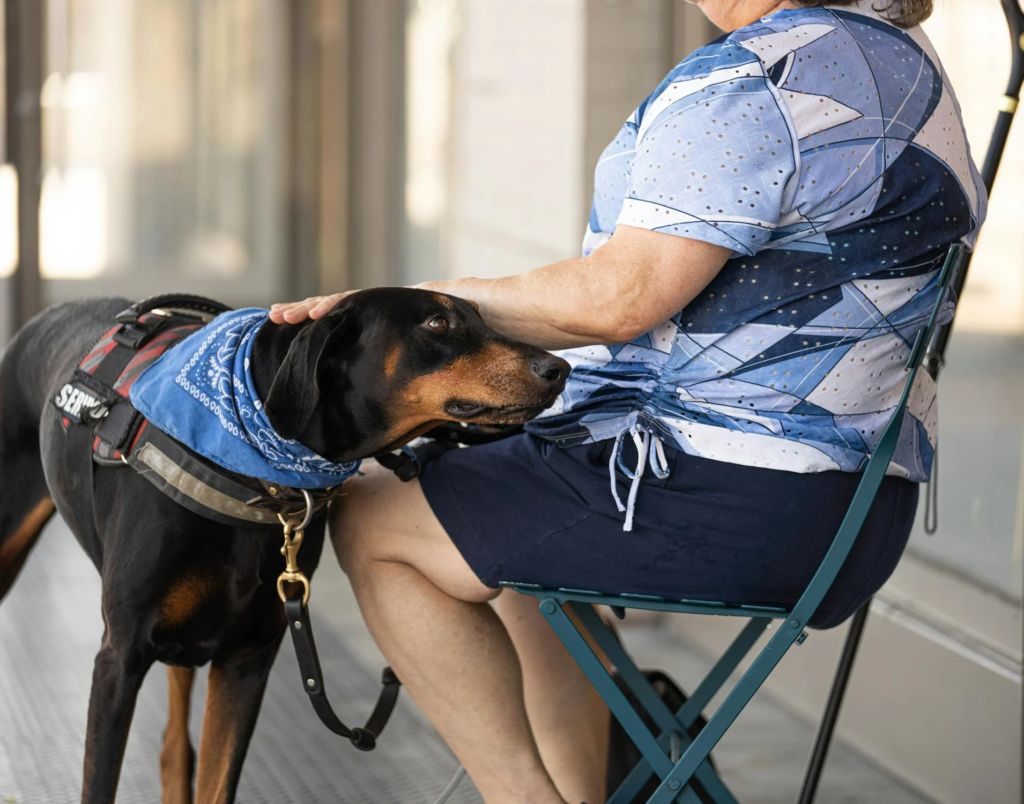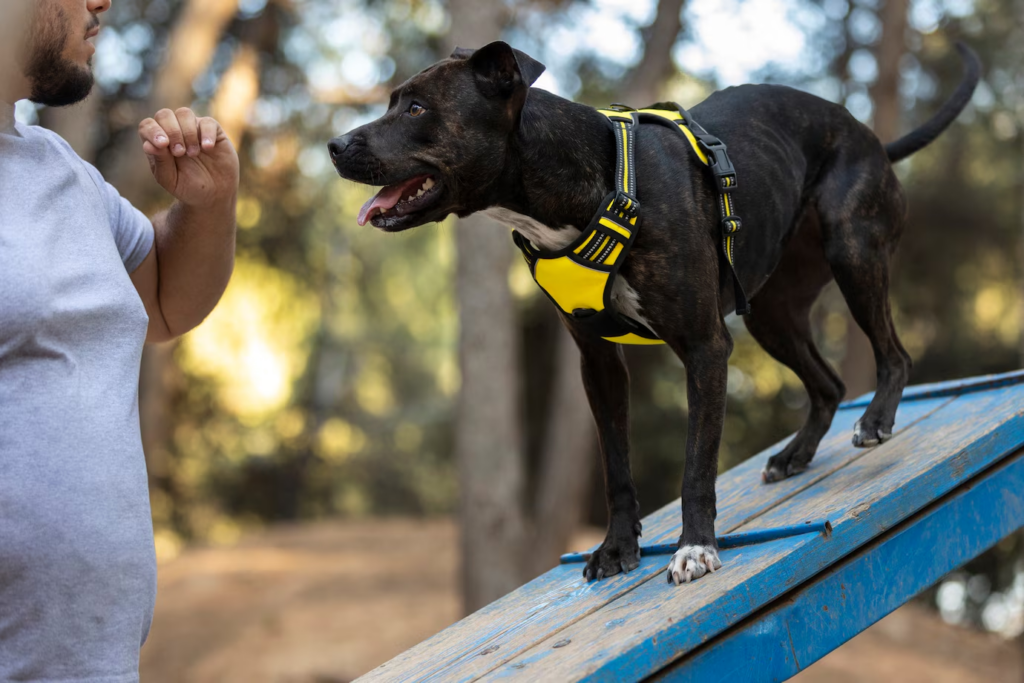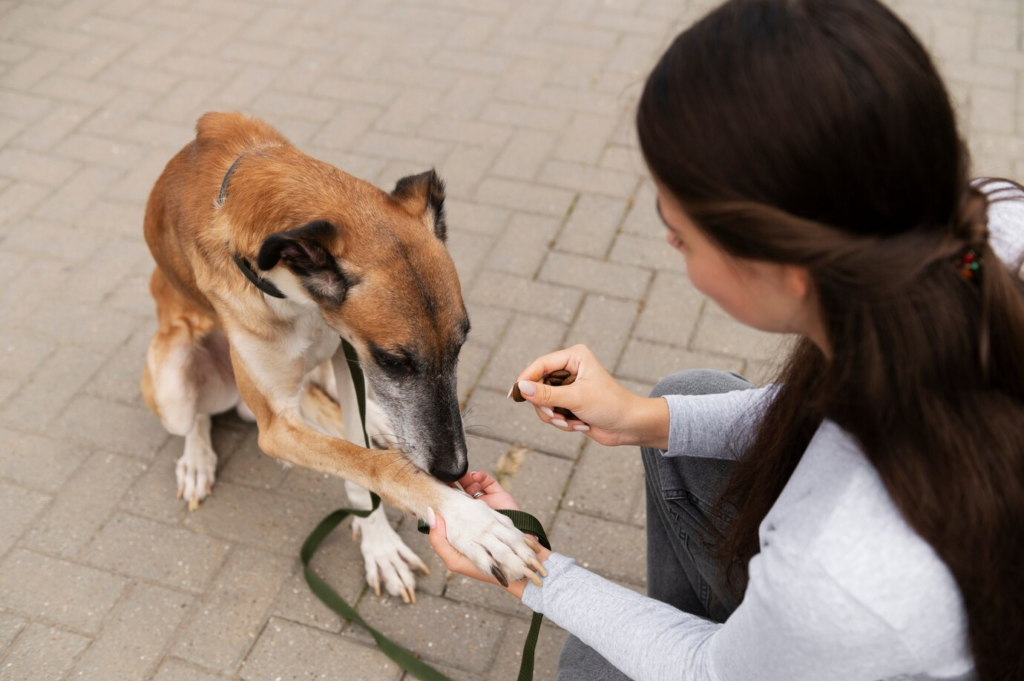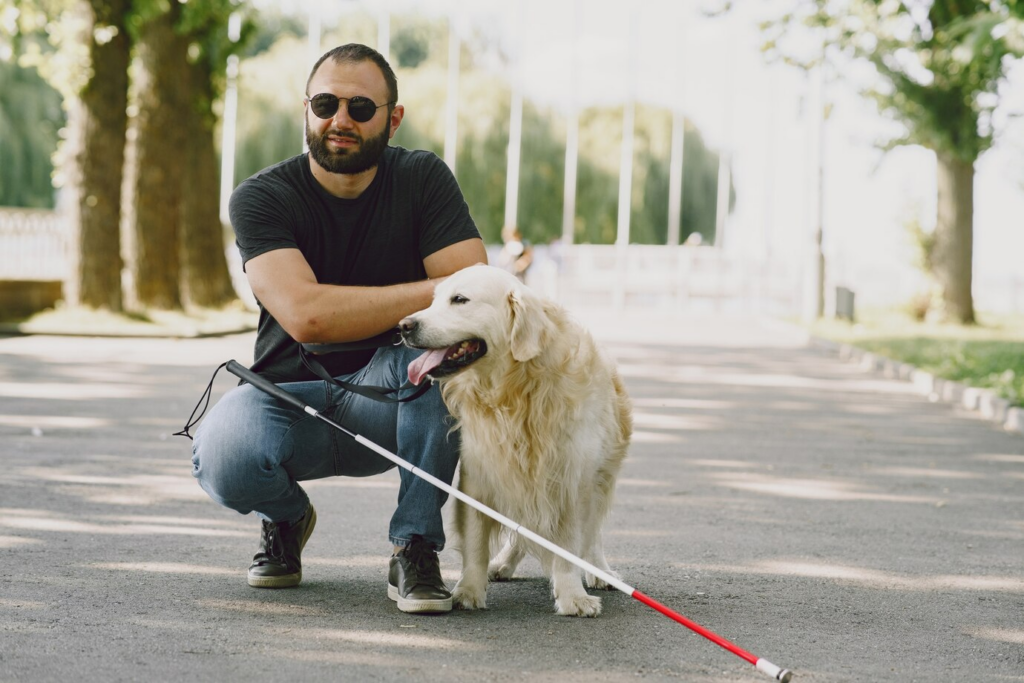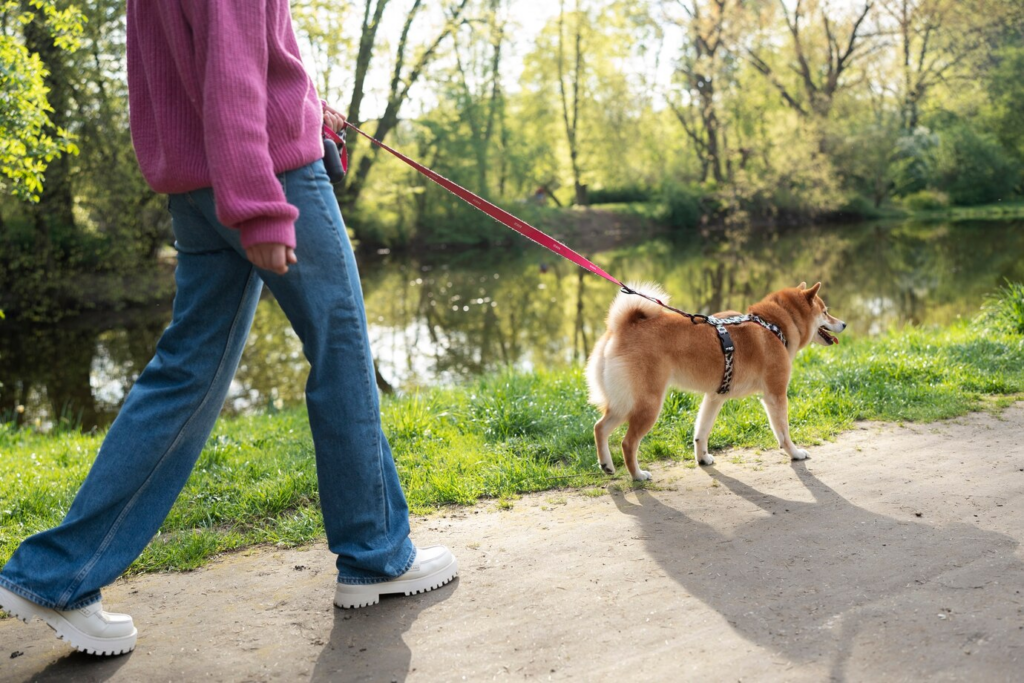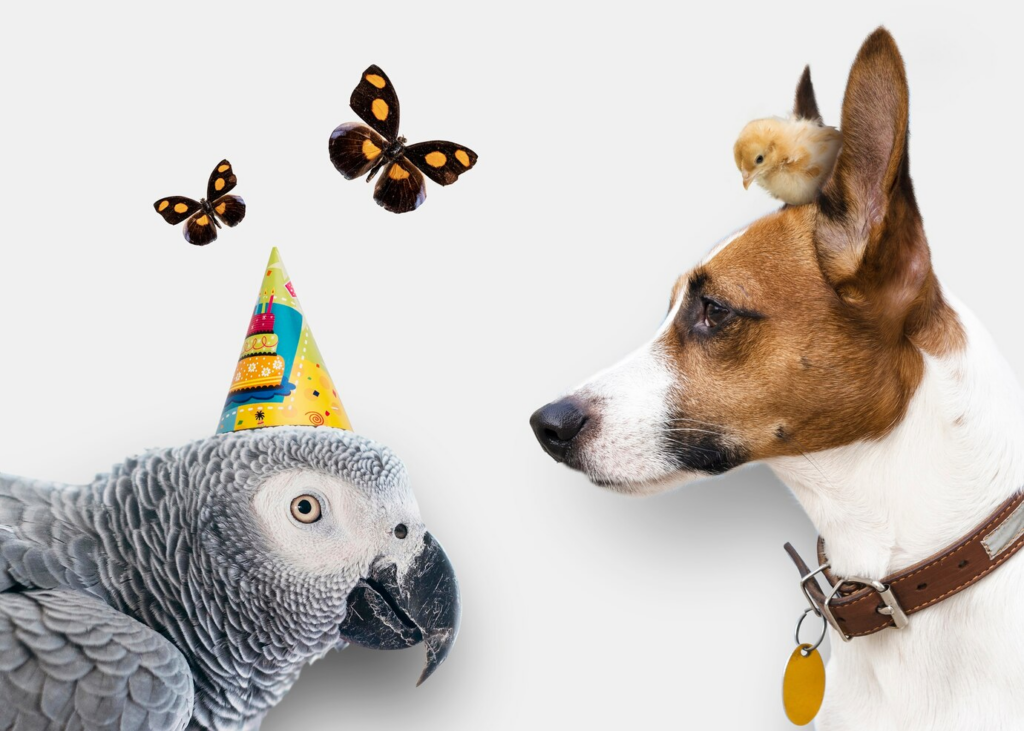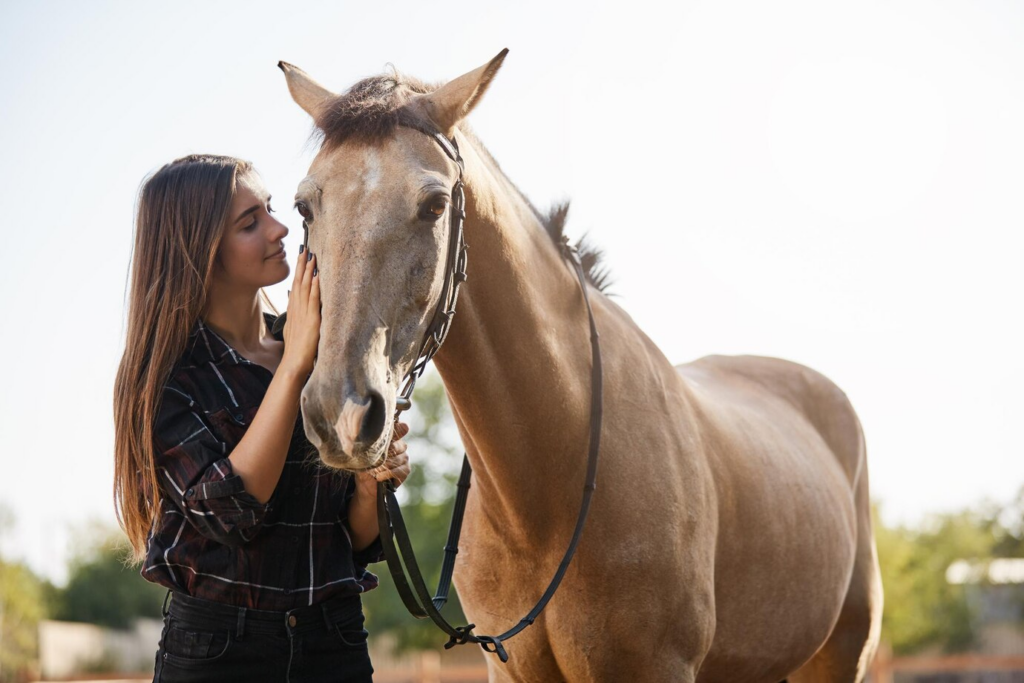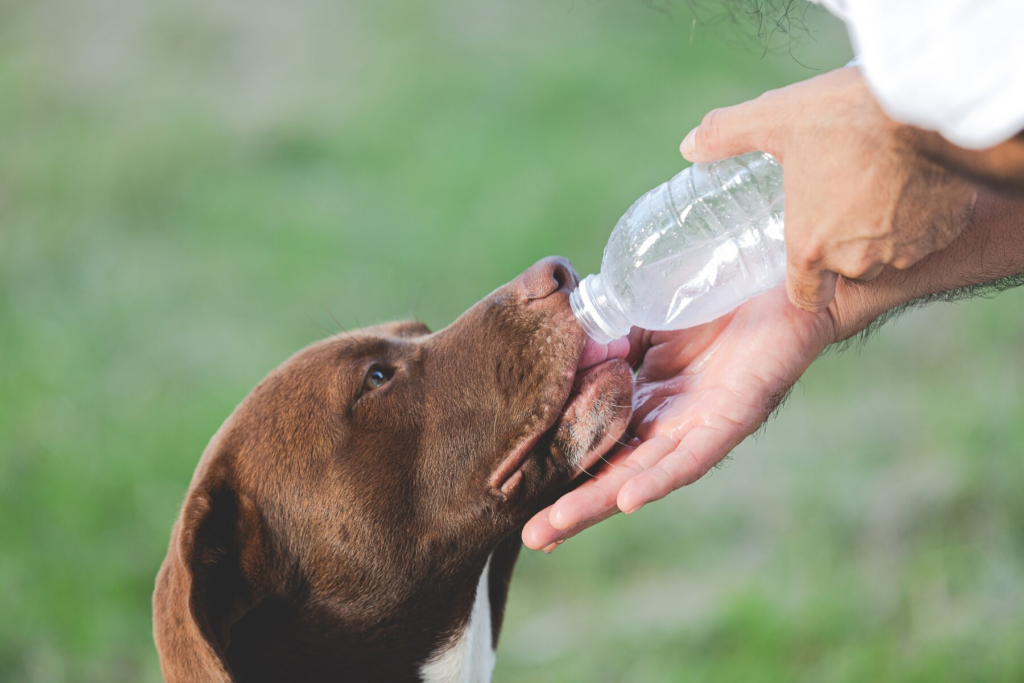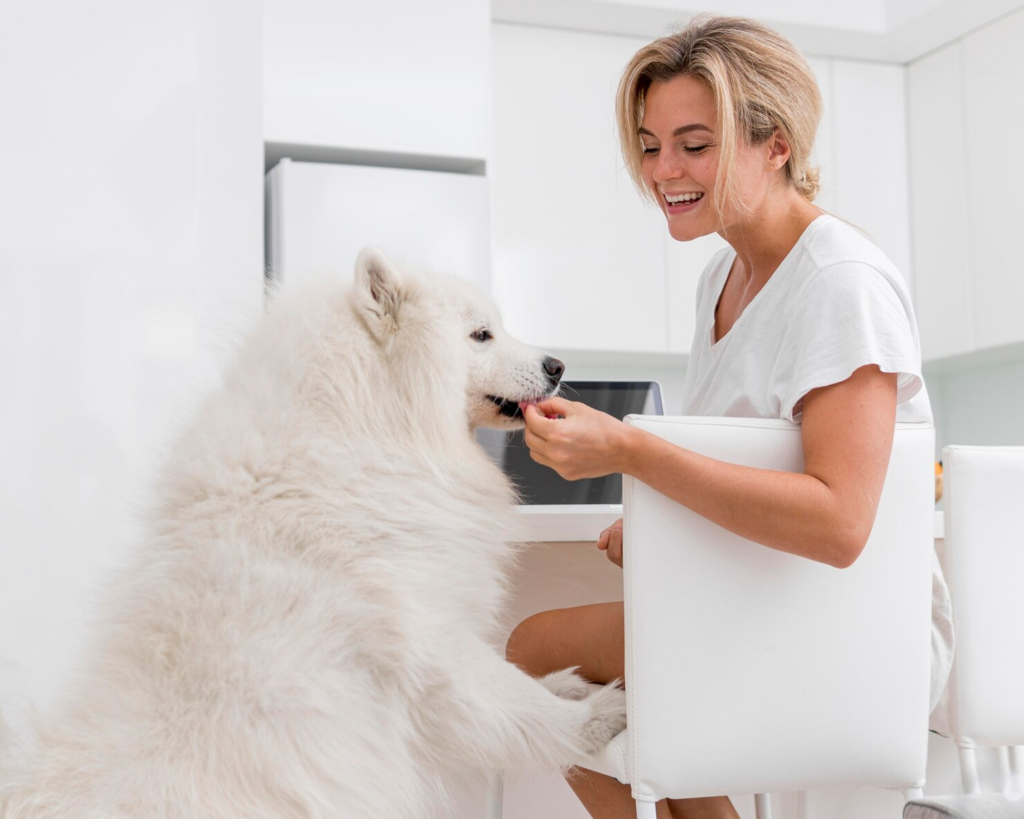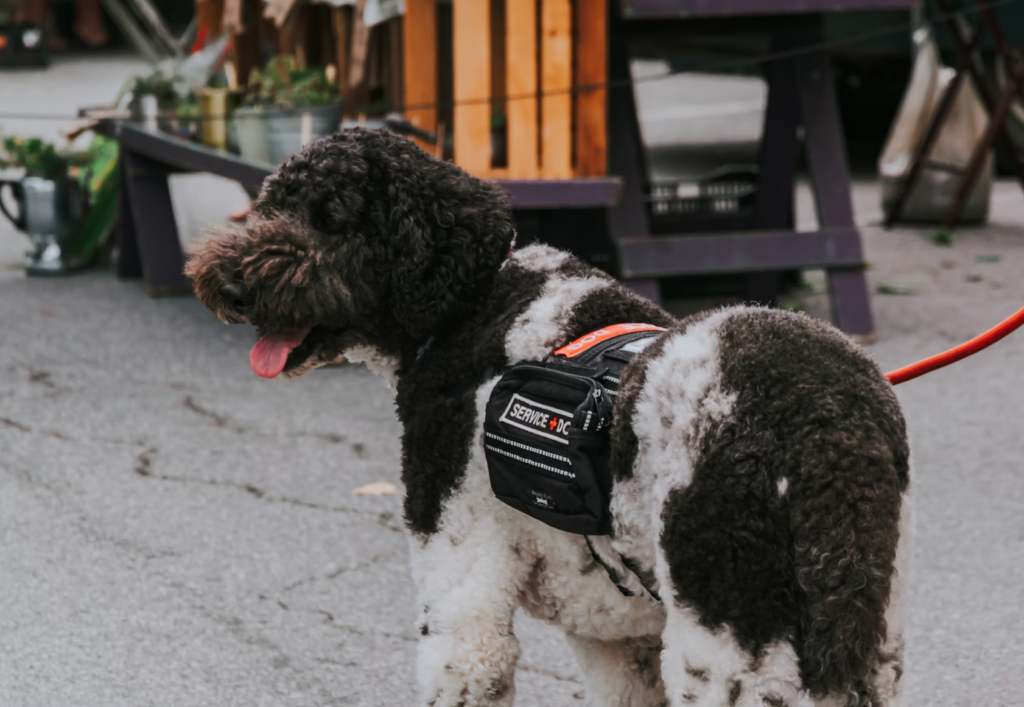
Service animals play a vital role in assisting individuals with disabilities, yet many misconceptions persist about their purpose, training, and legal protections. These misunderstandings can lead to discrimination, accessibility challenges, and confusion about the rights of service animal handlers. By addressing these misconceptions, we can foster a more inclusive society and ensure that service animals can perform their essential duties without unnecessary obstacles.
Misconception #1: Service Animals Are the Same as Emotional Support Animals
One of the most common misconceptions is that service animals and emotional support animals (ESAs) serve the same purpose. While both provide comfort and assistance, there is a key difference. Service animals, typically dogs, are specially trained to perform specific tasks that mitigate their handler’s disability. These tasks can include guiding individuals with visual impairments, detecting seizures, or retrieving objects for someone with mobility challenges.
In contrast, ESAs provide emotional support and companionship but do not require specialized training to perform tasks. Unlike service animals, ESAs are not granted public access rights under the Americans with Disabilities Act (ADA), meaning they are not permitted in places like restaurants, stores, or workplaces unless specifically allowed by business policies.
Misconception #2: Service Animals Must Wear a Vest or Identification
Another widespread myth is that service animals must wear a vest, harness, or identification badge to verify their status. While many handlers choose to use these identifiers for visibility and convenience, the ADA does not require service animals to wear any special gear. Businesses and the general public cannot demand proof of certification or documentation. They are only permitted to ask two questions:
- Is the animal required because of a disability?
- What task has the animal been trained to perform?
This ensures that individuals with disabilities are not burdened with unnecessary requirements when accessing public spaces.
Misconception #3: Any Dog Can Be a Service Animal
While any breed of dog can be trained as a service animal, not every dog is suited for the role. Service animals must undergo extensive training to ensure they can remain calm, focused, and responsive in various environments. This training typically takes months or even years, depending on the tasks required.
Moreover, service animals must exhibit excellent temperament and behavior. Aggressive, fearful, or easily distracted dogs are generally not suitable candidates. Professional trainers often assess a dog’s personality and capabilities before beginning training to ensure it meets the necessary standards.
Read more: How Do You Tell if a Dog Would Be a Good Service Dog?
Misconception #4: Service Animals Are Only for People with Visible Disabilities

Many people assume that service animals only assist individuals with physical disabilities, such as those who use wheelchairs or are visually impaired. However, service animals also provide crucial support for individuals with non-visible disabilities, including psychiatric conditions, autism, epilepsy, and diabetes. For example, a service dog might detect an oncoming seizure or alert a person with diabetes to dangerously low blood sugar levels.
By recognizing that disabilities are not always visible, society can better respect and accommodate service animal handlers.
Conclusion
Service animals play a crucial role in enhancing the independence and quality of life of individuals with disabilities. Dispelling common myths about their purpose, training, and rights is essential to fostering a more inclusive and understanding society. By educating the public and promoting awareness, we can ensure that service animals and their handlers receive the respect and access they deserve.
Do you own an assistance animal? Register your pet today. The Service Animal Registry of California invites you to have your assistance animal registered in order to designate its status. We also encourage you to take our online classes so you can be fully aware of your rights and gain more knowledge about your support animal.
Finally, we present to you our book entitled, “ASSISTANCE ANIMAL LAWS: LEARN YOUR RIGHTS REGARDING SERVICE ANIMALS, EMOTIONAL SUPPORT ANIMALS, THERAPY PETS, AND OTHER DOGS, CATS, AND ASSISTANCE ANIMALS” to provide you with a complete education on assistance animals. Purchase your copy of the book by clicking the image below.








